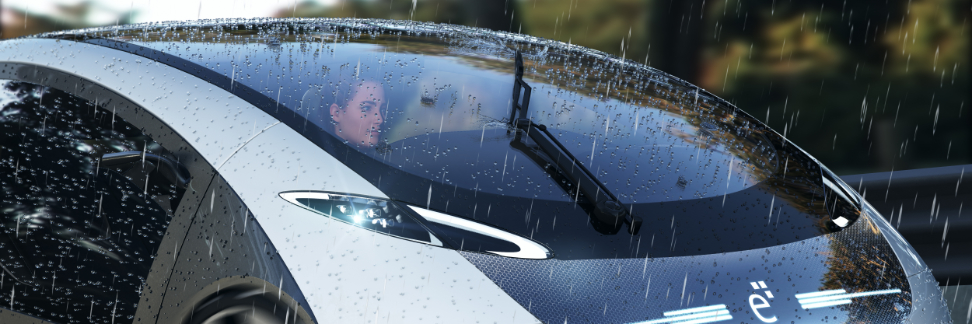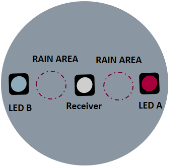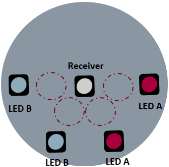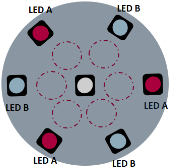Documents
- Info Sheet - E527.04
- Fighting Guide
Contact
If you have any questions, don't hesitate to contact us

The RLT IC (Rain Light Tunnel Sensor) is intended for controlling an optical sensor unit in automotive wiping systems or in industrial camera and window systems. A special, high-sensitive receiver allows processing of a diode input signal without total reflection of the send signal, allowing reliable detection of rain and water drops. Due to the used HALIOS-SD (Sigma Delta) measurement method a very high robustness against ambient influences like sunlight, any kind of flickering light, aging and dirt is provided.
Functions
| USPs
|
Wiper control with Rain-Light Sensor Interface IC
Detection sensity - even through distratction by ambient light, dirt, amount of water on sensor
Infrared based HALIOS® Rain-Light IC providing best sensitivity detecting heavy fog or light rain for improved wiper control. The solution is immune against ambient light enabling robust sensor design.
Elmos: HALIOS® Differential Measurement | Competitor: Absolute Measurement |
|---|---|
| + Extremely high sensitivity for small rain drops + Very high robustness against flickering light and reflections of rain drops at night + Reduced software support due to easy implementation of calibrations procedures | + Good sensitivity for water films – Needs high resolution of the PD signal – Needs good temperature drift and offset compensation – Needs dedicated optics and optical path design |
Simple SystemLower range vehicles
|
Performance SystemMid range vehicles
|
High End SystemLuxury vehicles
|
 |
 |
 |
Bar recognition area
|
Semicircle detection area
|
Circle recognitionn area
|
Yes, even a water film will be detected since it is not complete homogenous and due to the high sensitivity of HALIOS® sensor the small changes in the water film will cause a signal.
Optical simulation have shown good results with 4 LEDs per sending paths. But also 3 LEDs or even less can be sufficient. That depends on requirements of the complete system.
Yes, our measurements have shown good results when using a LED as the receiving device.
In general, the selection of the IR LEDs are strongly dependent on the application, screen-size and features (power, emitter angle, etc.). For most applications we successfully worked with Osram IR-LEDs (SFH4250, SFH4253, SFH4243) or Vishay (VSMF9700, VSMF3710) and Osram photo diodes (SFH2400FA, TEMD7100).
In our setup a window shield thickness of 5.2mm to max 6.3mm showed good results. Smaller thicknesses are possible with a changed sensor design.
The LEDs should be placed in circle around the receiving device. For our setting a radius of 12mm gave the best results. But that should be verified for every setting because the used LEDs PD and of course the housing of the sensor have an impact to that parameter.
The amount of LEDs strongly depend on the customer requirement (specified detection area on windshield). With an optics only 2-4 LEDs are required.
If you have any questions, don't hesitate to contact us